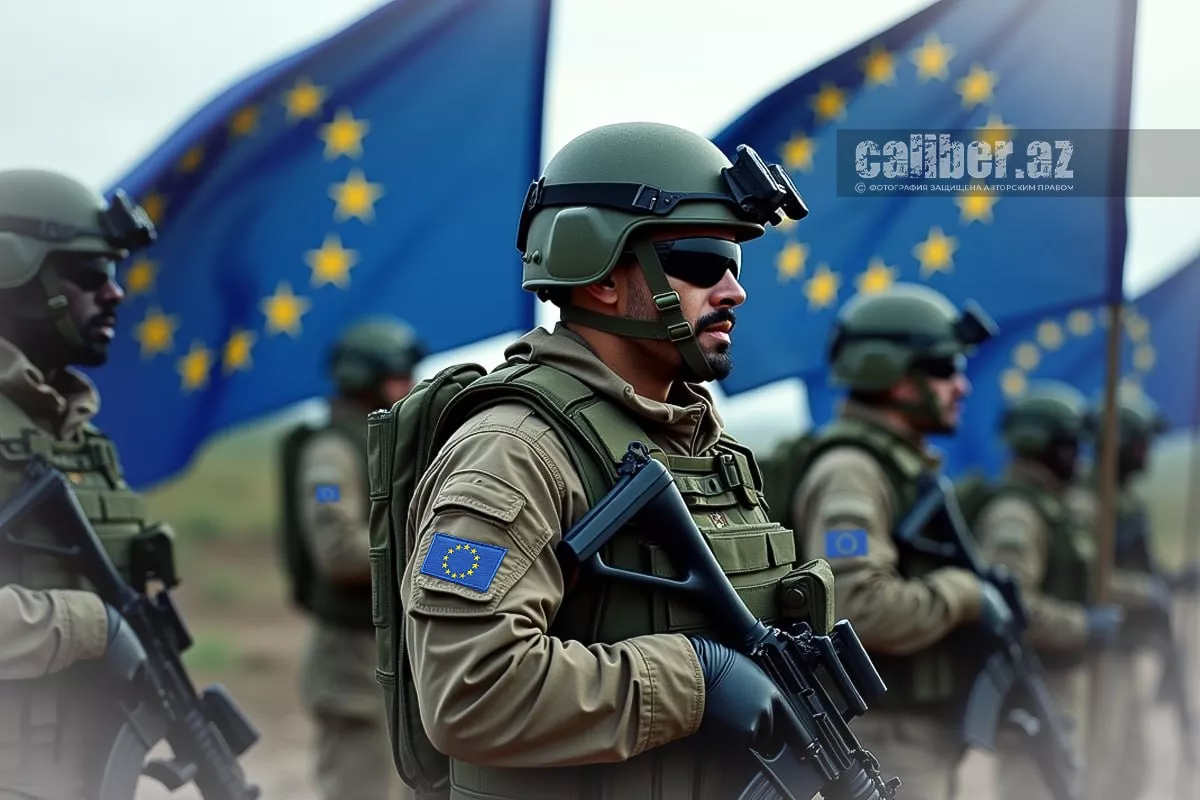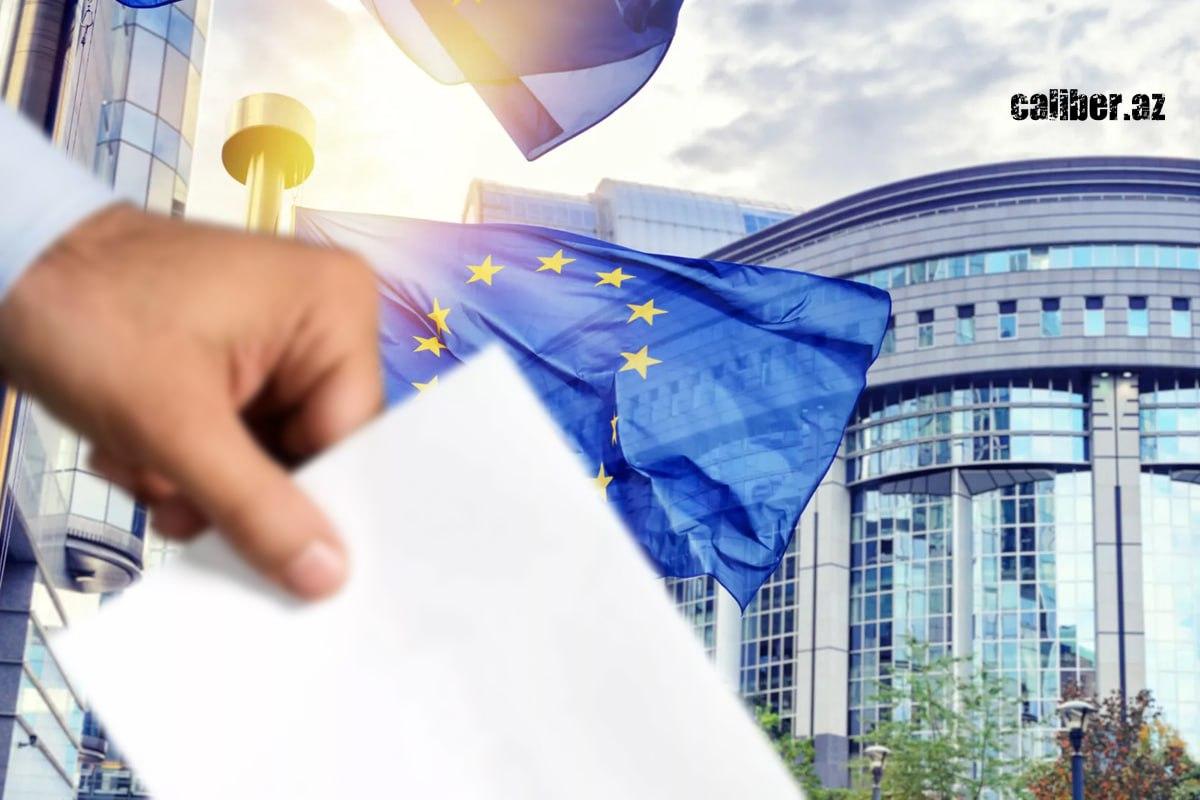Europe will be different. But how? Analysis of the EU’s strategic shift
The European Union has entered a period of the most rapid and large-scale changes since the beginning of the integration processes in Europe. The main catalyst for these transformations is the changing role of the United States in European affairs, prompting a shift toward independent defence and military-industrial development. In just a few years, the Union—and the entire continent—will look significantly different from its early 2020s version. However, the outcome of these changes may turn out to be entirely different from what many politicians and bureaucrats are proclaiming today.
The central theme of all political and quasi-political discussions within the European Union is the evolving military-political positioning of the bloc and the entire European continent. More precisely, the increasingly vocal ambitions of Brussels, EU member states, and some other European countries to move away from total dependence on the United States for security and become a fully-fledged centre of power in global affairs. These ambitions are no longer confined to numerous summits and endless grandiloquent statements by politicians—they are now reflected in decisions that, although difficult for European nations to make, are truly transformative. This applies not only to the military-industrial sector but also more broadly to the entire financial and industrial framework of the EU.
Defence dominates the discourse in European skies
If the mood and debates in Brussels and other EU capitals were reflected in the European skies, they would surely be filled with talk of defence. This topic is now resonating across the continent, dominating discussions to such an extent that it has overshadowed nearly all other issues in recent weeks. Just recently, sociological surveys and public discourse placed other political concerns at the forefront—migration and its impact on public security, rising prices, and the competitiveness of European economies.
For understandable reasons, defence has been a top political priority across Europe for several years. However, the results of recent elections in key European countries indicated that citizens were more preoccupied with their personal finances and safety on the streets. The growing popularity of right-wing and far-right parties across the continent further underscores this trend.
However, if one listens to or reads the mainstream European media today, all these everyday concerns have faded far into the background. Defence and everything related to it now dominate the headlines. The same is true in conversations with European diplomats and experts, including those held behind closed doors. Such discussions now begin and end with the topic of defence—its significance for the present and future of the EU, as well as its relations with the rest of the world.
A prevailing narrative is that the European Union has set an irreversible process of profound transformation in motion, one that will, within a few years, turn the EU into a completely different actor in international relations.
At the heart of this shift are two recently unveiled initiatives: the loudly announced ReArm Europe Plan and the working document on European defence readiness for 2030, the Joint White Paper for European Defence Readiness 2030.

According to European Commission President Ursula von der Leyen, the first initiative is designed “to help Member States to quickly and significantly increase expenditures in defence capabilities.” It includes both urgent and long-term measures and consists of five key components.
The first component relaxes fiscal restrictions for EU member states, allowing them to maintain higher budget deficits if they result from increased defence spending. The second allocates €150 billion in loans for joint arms procurement. The third expands the ability to use the EU budget (rather than national budgets) for defence investments. The fourth and fifth components focus on mobilising private capital to support the EU’s military-industrial complex.
Altogether, the European Commission estimates that this plan could generate approximately €800 billion in new defence investments over the next four years. As a result, total annual defence spending across the EU is expected to rise by 60%—from €326 billion in 2024 to over €500 billion by 2029.
The Joint White Paper for European Defence Readiness 2030 is designed to guide and coordinate these investments for greater efficiency. Its primary goal is to address key weaknesses in European defence and support the defence industry by simplifying regulatory requirements and aligning production programmes. Additionally, it aims to deepen the EU’s single defence market. A key priority outlined in the document is preparing for “worst-case scenarios” by improving military mobility, increasing weapons stockpiles, and enhancing operational interoperability across the EU.
Such radical and large-scale measures stem from the fact that Europe can no longer rely on the United States as the guarantor of its security, especially as it perceives military threats from Russia as continuously growing. Many European politicians and military officials repeatedly state that the likelihood of war with Russia within the next 5–7 years is considered quite high in their capitals. At the same time, the unpredictability of U.S. policy towards the EU, including within NATO, is increasing. In their view, this is driven both by the potential return of Donald Trump’s administration and the broader strategic shift of U.S. priorities towards the Asia-Pacific region at the expense of Europe.
This time, the talk of EU military autonomy is said to be serious and long-term. Many European diplomatic insiders emphasise that the true indicator of this shift is not necessarily the European Commission’s ReArm Europe Plan or the Joint White Paper for European Defence Readiness 2030. More significant is the German Bundestag’s decision on March 18 to ease constitutional restrictions on debt-financed spending. This move will enable Germany to invest substantial resources into its military and defence-industrial sectors. As a result, Europe’s economic powerhouse is expected to become the driving force behind the EU’s military-industrial development.
Europe is truly becoming something different
It is now a historical certainty that Europe—both as a continent and as the EU—will undergo profound changes in the next 4–5 years. These transformations have already begun and will continue for a simple reason: the world itself is changing. The current peak in global turbulence is not only reshaping the international order, which has already moved beyond unipolarity and is now searching—through crises, wars, and political conflicts—for a new stable equilibrium. This period of transformation is also marked by deep structural shifts in the global economy, alongside new technological and industrial revolutions that are impacting nearly every aspect of human life.
Thus, the EU, Europe as a whole, and all other regions of the world are already undergoing change and will continue to do so as the world experiences large-scale and profound transformations. These changes are, on one hand, an unavoidable reality—no one on our highly globalised planet can exist in isolation or preserve their governance models and development trajectories unchanged amid such fundamental global shifts. On the other hand, it is clear that the direction, quality, and ultimate outcomes of these transformations will depend on the concrete decisions being made today.
The decisions already approved by Brussels and individual EU member states indicate that Europe is indeed committing to large-scale rearmament, reducing its total dependence on the United States in the military-industrial sphere, and further strengthening its policy of deterrence towards Russia. However, for now, this remains merely an initial strategic declaration and a signal of political will to pursue this course.
The main challenge facing the European Union and other European countries is not merely proving their capability and commitment to following the declared course—though even here, the grounds for confidence in success are, to put it mildly, not particularly strong. However, an even more strategically complex question for Europe is this: can such an overwhelming focus on the military and defence-industrial sectors truly address the EU’s broader challenges? Is it actually sufficient to guarantee European security? And, more importantly, can it—without deep accompanying reforms in other areas, such as diplomacy, regulatory policies, and legislative frameworks—reverse the EU’s growing geopolitical and geostrategic irrelevance on the world stage?
Against the backdrop of near-universal mainstream approval (at least in public discourse) of the European Commission’s push for rearmament, these questions are barely being discussed. Attempts to raise them are either dismissed outright amid the semi-mobilised wartime rhetoric dominating the information space or immediately branded as pro-Kremlin or some other form of propaganda. This, in turn, presents yet another major challenge—not only for Europe’s democratic electoral systems but also for shaping policies that truly align with the long-term interests of European states.

We have seen something similar in previous years when Western media and public discourse were dominated—almost dogmatically and with a kind of distorted political correctness—by completely detached expectations about the dynamics on the Russia-Ukraine frontlines. These narratives prevailed absolutely—until they suddenly didn’t. In the wake of actions taken by the Trump administration, expectations and assessments shifted almost 180 degrees. The same could happen with the notion that rearming the EU is the only effective way to contain Russia and restore Europe’s strategic autonomy.
The complexity of the American security umbrella
The trajectory of the EU’s rearmament process and the creation of a unified defence and military-industrial space will not be determined by the European Commission, but by EU member states. It will depend on the priorities and political will of their governments. This means that the key challenges will revolve around their unity in defining threats and interests, as well as their ability to coordinate and implement joint programmes. These are not as straightforward as the triumphant rhetoric of European politicians and officials might suggest. Especially since achieving them requires widely accepted leadership at the EU level—something that, at present, remains entirely elusive.
Replacing American leadership in the military-political sphere will be extremely difficult for Europeans. The issue goes far beyond the fact that the American security umbrella has long allowed Europe to ensure its own defence at the expense of the United States while avoiding high military expenditures. In other words, it is not just about the level of defence spending, the quantity of Europe’s own armaments, or the size of its armies—all of which recent EU decisions have aimed to expand and which now dominate every discussion.
The American security umbrella has had even greater significance for intra-European stability. It effectively restrained numerous internal contradictions between different countries and regions of Europe, which in past historical periods frequently led to bloody conflicts. While the likelihood of such conflicts may not seem high now, these contradictions remain inherent to European states. Even without considering historical disagreements, the very fact of multiple sovereignties across the continent, each based on its own interpretation of national interests, creates tensions. It is far from certain that, without the American security umbrella—which, among other things, granted Washington a substantial voice in all intra-European matters—the EU and its member states will be able to effectively manage these differences and prevent them from escalating into conflicts. Given this, it is difficult to have a serious conversation about Europe’s prospects as a unified player in the field of defence based solely on increased defence spending.
Once again, it is important to emphasize: the EU and Europe as a whole are indeed undergoing a period of profound change. Very soon, in many respects, they will be significantly different from how they were at the beginning of the 2020s. However, the real consequences of the reduced role of the United States in European affairs, and the decisions the EU is making in military and defence-industrial sectors as a result, may turn out to be very different from what many politicians and bureaucrats are proclaiming today.








